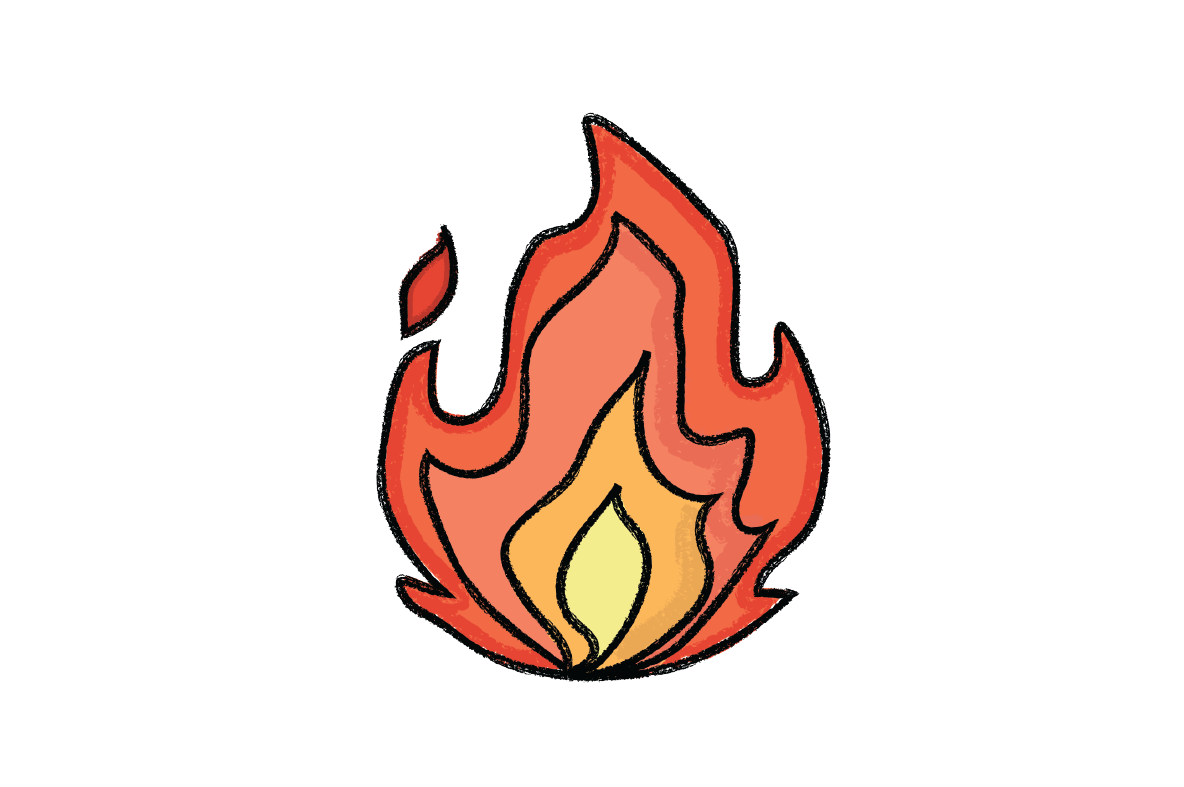

How much booze a wine has in it.
TL;DR--red
The type of alcohol in wine is ethanol, which is produced through the fermentation of fruit sugars via yeast. The amount of alcohol in any given wine contributes to its weight on the palate, physical tasting sensations (higher alcohol wines feel more warming), its compatibility with different foods, and even the flavours of the final wine.
How to detect the alcohol level in wine--earth
At lower levels, like in beer, it can be challenging to notice the 'flavour' of alcohol, but once you start to have a wine of at least 13% alcohol or so, you will begin to notice a warming sensation towards the back of your palate. A good example of this is to drink whisky or a similar spirit and pay attention to the aftertaste. Generally, red wine is higher in alcohol than white wine, but any wine of at least 13% can start to show off 'alcoholic warmth' When you have a rich red that is 15% alcohol, you will definitely notice it.
A wine that is higher in alcohol is generally bolder, weightier and sometimes oily. Wines that have lower alcohol tend to be lighter in body.

Food pairing--racy
Wines that are above 14% (which is high) can be difficult to match with many dishes, as they can overpower the food and make the experience unbalanced. Remember that alcohol brings on a warming sensation. So something like chilli heat combined with the warming sensation of alcohol can really set your tongue ablaze and dial the heat to the max! In general, the best dishes to drink with elevated alcohol levels are bigger, bolder foods that can stand up to the boldness of the elevated alcohol and not become overpowered by it.
How climate can affect the alcohol in wine--aromatic
Since alcohol is the result of yeast converting grape sugar into alcohol during fermentation, if there is less grape sugar to convert, the lower the alcohol level will be. This means in warmer regions, where grapes ripen to develop more natural grape sugars, there is more potential alcohol as opposed to cooler climates where grape sugars may not fully develop and the final wine will be lower in alcohol.
Common terms used to describe high alcohol in wine--cellar
hot - heady - warm - porty - boozy - spirit - heat - strong - alcoholic
Fun fact--plum
Did you know that many regions have required potential alcohol regulations? This means that some regions require the grapes to achieve a certain range of ripeness in order to hold the regions name. This helps make sure finished wines aren't too low or too high in alcohol and maintain balance.
Do you know your wine personality? If your answer is no, take our quiz to find out which wines to pick up next and build your box!
Build my box





